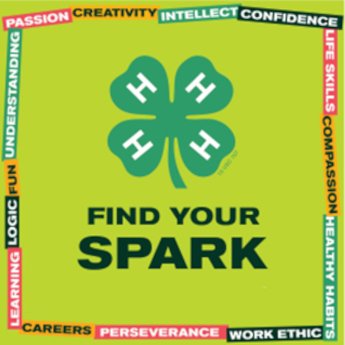The Partnership Playbook: Ending partnerships with professionalism
Community partnerships are powerful tools, but what happens when a partnership is no longer working? How do you step away without burning bridges or losing credibility?

A community partnership is a collaborative relationship between individuals or organizations working toward a shared goal. According to the National Center on Safe Supportive Learning Environments, partnerships are built on shared responsibility and reciprocity. However, even well-intentioned partnerships can encounter unexpected challenges such as misaligned goals, lack of results, funding constraints, poor communication or changes in priorities. When these challenges make the partnership no longer sustainable, it might be time to step away.
Ending a community partnership can feel uncomfortable and risky, even when all the signs are there. Walking away doesn’t have to feel like burning a bridge, though. Just as we invest time and care into building the strong relationships necessary for successful partnerships, we owe the same thoughtfulness and care when stepping away. Ending a partnership with professionalism and integrity preserves reputations, leaves the door open for future collaboration, and honors the work that was done together.
When communicating the discontinuation of a partnership, it is important to keep the following things in mind:
- Be clear and professional
- Use concise language.
- Avoid overly-emotional phrasing.
- Clearly communicate key details such as what is ending, when and who may be impacted.
- Express gratitude for the contributions made
- Identify and acknowledge specific contributions or successes.
- Recognize the value of the relationship to show respect.
- Be direct but diplomatic
- Use neutral and respectful language.
- Frame the decision as thoughtful and intentional.
- Avoid placing blame or assigning faults.
- Offer a reason, if appropriate
- Providing context can help the partner understand the bigger picture.
- Keep the explanation brief and relevant.
- Avoid unnecessary details that may trigger debate or attribute to defensiveness.
- Keep the door open
- Use language like, “we hope to work together again in the future,” or “we remain open to the possibility of partnering again,” if appropriate.
- Circumstances may change, preserving a positive relationship may make future collaboration possible.
Ending a partnership is never easy, but when done thoughtfully, it can remain a positive experience for all involved. By communicating clearly, expressing gratitude and maintaining respect, you preserve relationships and uphold your organization’s integrity. The professionalism you bring to this transition can open doors for future opportunities. Navigating the end of a partnership with intention ensures that even parting ways can contribute meaningfully to the work you do in the community.
Michigan State University Extension relies heavily on community partnerships to increase the reach of the work we do. For more information about partnering with MSU Extension in your community, contact your local 4-H program coordinator.
To learn more about community partnerships, check out the rest of the Partnership Playbook series:
- The Partnership Playbook: How partnerships make youth programs better!
- The Partnership Playbook: Types of partnerships
- The Partnership Playbook: Initiating a partnership
- The Partnership Playbook: Building a strong foundation with partners
- The Partnership Playbook: Driving successful partnerships through goal setting
- The Partnership Playbook: Continuous evaluation and improvement
- The Partnership Playbook: Identifying red flags in a community partnership



 Print
Print Email
Email





